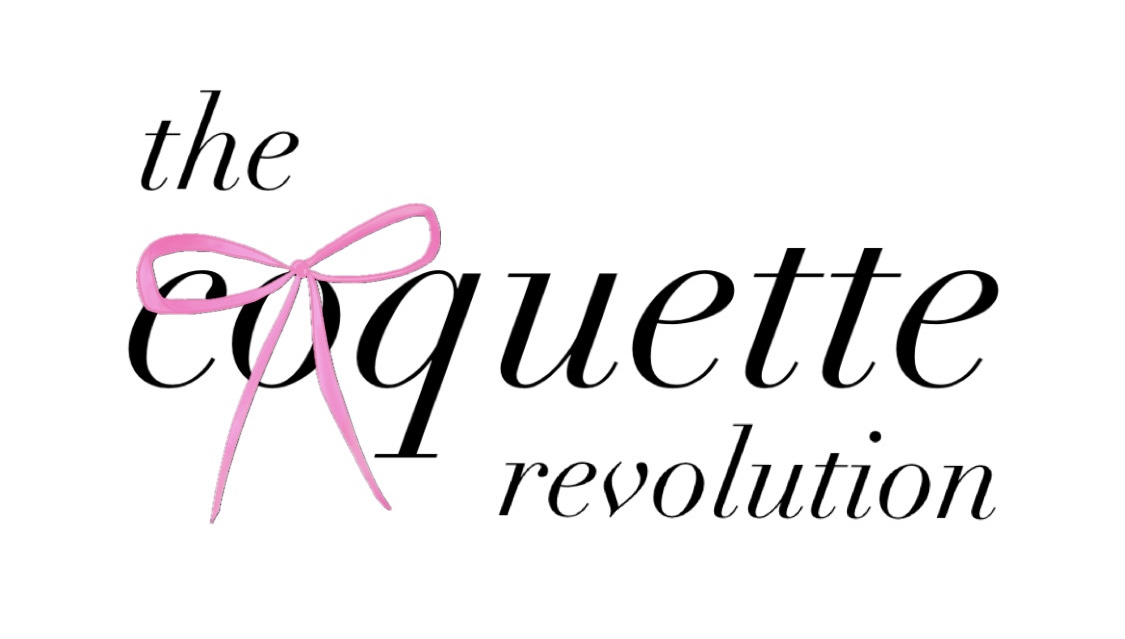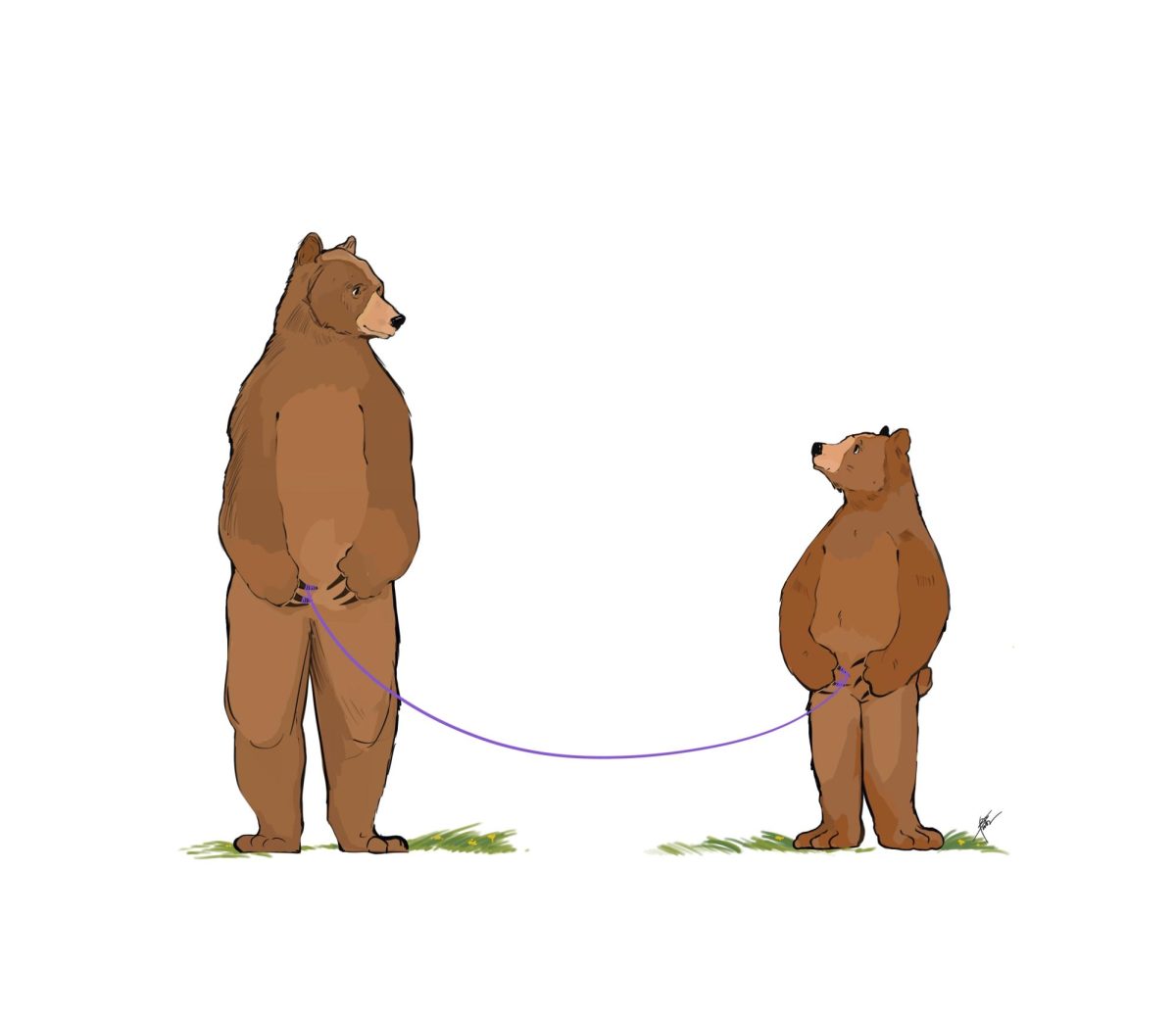
“Milk is a deadly poison,” or at least, that’s what the Dairy Education Board thinks. They claim every sip is filled with harmful bacterias, viruses, growth hormones, fat, blood, pus and antibiotics. According to the DEB, skim milk is as “healthy” as milk can get, and even then, you aren’t doing yourself any favors. After reading that, I shuddered at the bowl of 2 percent milk infested cereal I had this morning. However, after some extensive research, I’ve concluded that the anti-milk agenda is nothing substantial. Furthermore, skim milk is not as healthiest. It is, in fact, the opposite.
I love whole milk. It’s creamy and delicious compared to the watered-down end of the spectrum, skim milk. But what’s the difference?
For the most part, milk is a pasteurized product, meaning that it’s heated to high temperatures and immediately cooled. The fattier parts of the milk go to the bottom of the cooling tanks and skim milk is made by taking the milk and cream that is on top. The rest of the milk and cream are used for fattier milk and other dairy products. What is lost in that process, and what does whole milk have that skim milk lacks?
A few things. It’s a given that whole milk has more fat than skim milk. That fat serves a purpose. Your body needs fats in order to properly digest proteins and absorb the calcium. In addition, vitamins A and D are fat-soluble vitamins. This means they are stored in fatty tissues, which are eliminated in skim and 1% milk. When drinking skim milk, you’re still putting the vitamins into your body. The difference is that your body cannot access them.
We’ve been taught that whole, unprocessed foods are the healthiest. Whole milk is no exception. When a product is processed, the natural synergy of its nutrients is disrupted. The nutrients in food work together best when consumed naturally. Thus, when the fat is eliminated to make skim milk, the nutritional profile of the product is out of whack.
So why does the USDA, and nutritionists support skim milk? Money. Because skim milk is made from only a portion of the milk and cream, dairy companies can produce multiple dairy products from the same amount of milk.
Whole milk is milk in its most natural form, safe enough for humans to consume. If you balance it with a healthy diet and exercise, there is no reason not to drink whole milk.









